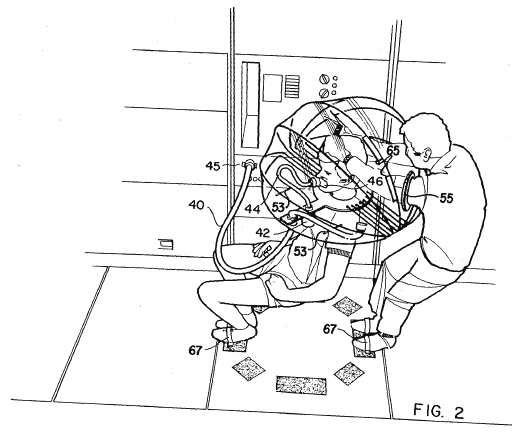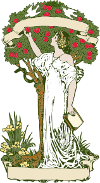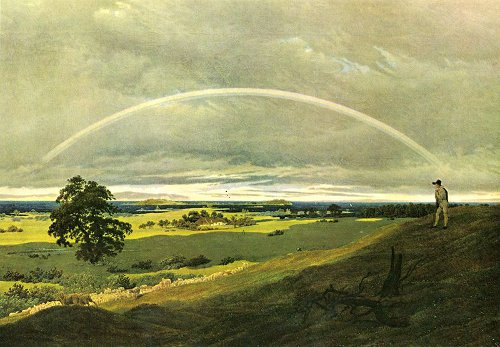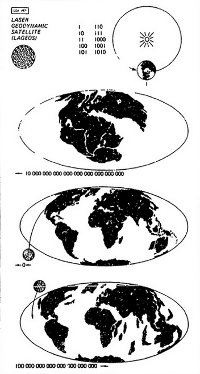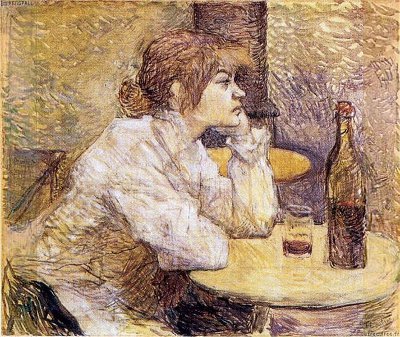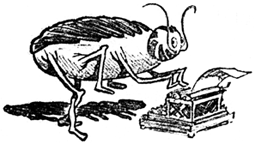
In 1916, New York Sun columnist Don Marquis told his readers an unlikely story: He had arrived early at work to discover a gigantic cockroach jumping about on the keys of his typewriter.
“He did not see us, and we watched him,” Marquis wrote. “He would climb painfully upon the framework of the machine and cast himself with all his force upon a key, head downward, and his weight and the impact of the blow were just sufficient to operate the machine, one slow letter after another.” The result was poetry:
expression is the need of my soul
i was once a vers libre bard
but i died and my soul went into the body of a cockroach
it has given me a new outlook upon life …
there is a cat here called mehitabel i wish you would have
removed she nearly ate me the other night why dont she
catch rats that is what she is supposed to be for
there is a rat here she should get without delay
In the years that followed, the sensitive cockroach helped Marquis fill hundreds of pages with wry and sometimes trenchant social commentary:
as i was crawling
through the holes in
a swiss cheese
the other
day it occurred to
me to wonder
what a swiss cheese
would think if
a swiss cheese
could think and after
cogitating for some
time i said to myself
if a swiss cheese
could think
it would think that
a swiss cheese
was the most important
thing in the world
just as everything that
can think at all
does think about itself
And:
a good many
failures are happy
because they dont
realize it many a
cockroach believes
himself as beautiful
as a butterfly
have a heart o have
a heart and
let them dream on
It’s not clear what inspired Marquis to create such an unlikely pair of characters, but his friend Christopher Morley offered one idea. “I remember that in the early days of the ‘Sun Dial,’ when the paper moved from Park Row to Nassau Street, Don’s typewriter desk got lost in the skirmish; so for some years he rattled out his daily stint with his machine perched on an up-ended packing case. This box had stenciled on it the statement 1 GROSS TOM CAT, which meant Tomato Catsup, but became by legend the first suggestion of mehitabel.”


